Focused on Student Learning
My IGNITE presentation below… what a great class… Week 12 and we’re nearing the end of the course. It’s been super fun and I really appreciated listening to your IGNITEs. I was IGNITED. Thank you #EDUC454E100 Summer Session 2018 at SFU Surrey. You rocked!!!
#EDUC454E100 – Week 12 – July 26, 2018
SLIDE 1
THIS is my first course that I started teaching as “DOCTOR” Christine Younghusband… I taught EDUC471 twice before and EDUC454 last year in the morning at Burnaby Campus. It was an awesome learning environment for 454. We were OUTSIDE everyday.
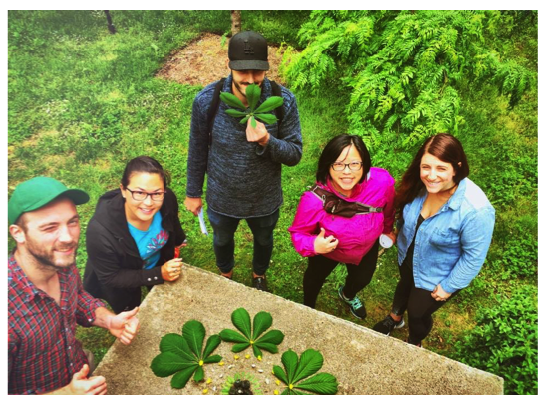
SLIDE 2
So when I got my appointment for this summer, I knew that teaching EDUC454 as a NIGHT COURE at Surrey Campus was going to be a challenge… It wasn’t going to be the same course as last year but I was open to change and wondered if we would ever get outside.
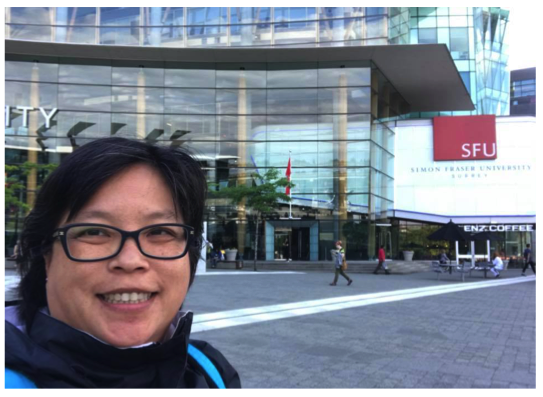
SLIDE 3
Approaching this course, I wanted to try out some of the principles from BC’s New Curriculum. As someone who was part of the Math K-9 Curriculum Development Team, I wanted to see the potential of this curriculum. I wasn’t going to be in the classroom so… why not try, play, and experiment with PRE-SERVICE TEACHERS?
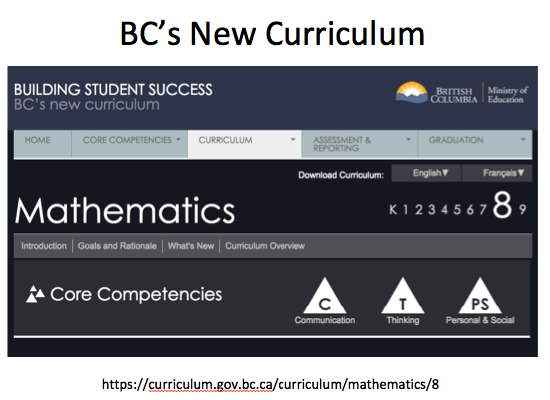
SLIDE 4
Based on my research, we learn best from experience… So I wanted to try a few things and personalize YOUR learning, build math efficacy, engage in inquiry based learning, and have YOU facilitate interdisciplinary learning activities as pre-service teachers while looking at the CORE COMPETENCIES.

SLIDE 5
I created a FRAMEWORK of learning. Although this is not a Venn diagram, it depicts exactly what I was hoping for. The underpinning of your teaching practice is your subject specialty or grade level, with quantitative approaches to environmental education embedded into your practice.
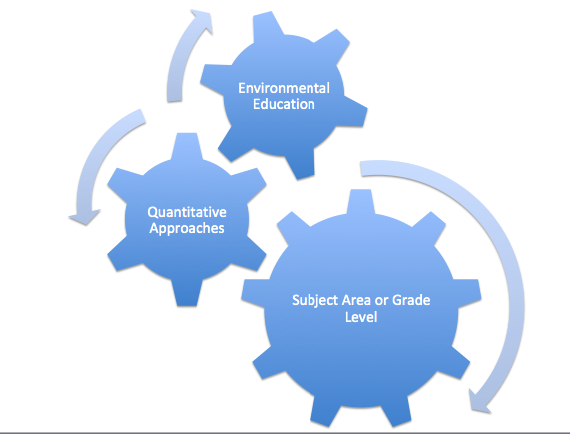
SLIDE 6
I wanted to create a LEARNING COMMUNITY and build collective efficacy… so that we could co-create the course together. I wanted us to define what QUANTITATIVE APPROACHES TO ENVIRONMENTAL EDUCATION means to us. Thank you Gillian Judson for getting us OUTSIDE.
SLIDE 7
I also want to thank DAVE BARNUM who talked about HIS PASSIONS of journaling, place-based learning, and community based learning. Both Gillian and Dave came to our class on their OWN TIME to share their passion with us and I am very grateful that they did.
SLIDE 8
I am also grateful for EARLY ADOPTERS… who were willing to take a RISK and PLAY. Learning should be FUN, ENGAGING, and MEANINGFUL. I loved the diversity and your creativity in each student led activity… for warm ups, group facilitations, and reading summaries.
SLIDE 9
I loved how we were able to share our passion and expertise with each other. We were engaged and wanted to learn more. When 60 minutes felt like 20, this is a good sign. We were able to be FLEXIBLE with time, space, and content. I did not want to be held back by grading or strict rules.
SLIDE 10
We were able to COLLABORATE with each other and co-plan interdisciplinary learning activities with fellow pre-service teachers and try something new. I knew by WEEK 6 that there was NO WAY I could plan the details of this course better than what you had contributed.
SLIDE 11
When learning activities were well planned and facilitated well, we achieved a level of student engagement that was no only empowering, but meaningful. There was no question in my mind that we were MEETING EXPECTATIONS.
SLIDE 12
I was so proud that we had students acknowledging the unceeded territory but also delve into indigenous education, have deep conversations about land, place, and identity, and sharing something that was meaningful to us, thus meaningful, purposeful, and personalized.
SLIDE 13
We also took the opportunity to be creative and witty with our learning activities where at one moment we thought we were engaging in the AMAZING RACE, but in the end, we were engaged in something much more deep, historical, and relevant. Feelings I won’t forget.
SLIDE 14
We did get a little competitive at times and took opportunities to EXPERIMENT, continue a story, or participate in MAKER SPACE that can be adapted or modified. I loved how we could be CURIOUS about what we were teaching and learning.
SLIDE 15
FINALLY, we were able to overcome MANY unforeseen challenges and made the best out of the situation. Sometimes we couldn’t be outside. Sometimes we ran out of time. In the end, “WE ARE TEACHERS” and we can adapt.
SLIDE 16
The last thing I wanted to do in this class was be the SAGE ON THE STAGE… I wanted to facilitate learning and be the GUIDE ON THE SIDE. My work was invisible to many of you and I wanted to focus on student learning. Much of what I do happens BEFORE and AFTER the course… and behind the scenes.
SLIDE 17
If I was back in the Math classroom again… I would definitely GO OUTSIDE and use the ENVIRONMENT as a learning tool. I also learned that MATH is INTERDISCIPLINARY and DESCRIPTIVE. I would definitely collaborate with other teachers to create and facilitate meaningful and memorable learning experiences for students.
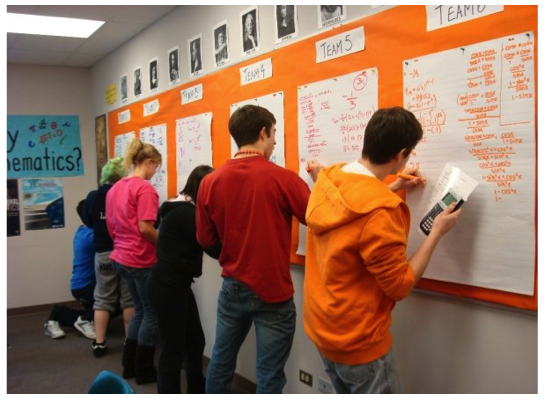
SLIDE 18
As you know, the LEARNING CYCLE involves doing, reflecting, reimagining, and trying again. My biggest take away is COMMUNICATING STUDENT LEARNING. Each student needs DESCRIPTIVE FEEDBACK on how things went. BLOGGING was not enough.

SLIDE 19
I also wanted to announce to you… I have just accepted a full-time lecturer position at the University of Northern British Columbia in the School of Education starting August 1st… but we are still doing the YOUNGHUSBAND OUTDOOR MATH ADVENTURE next week on August 2nd.

SLIDE 20
So THANK YOU for coming on this journey with me… FOCUSED ON STUDENT LEARNING… that’s flexible, dialogical, and fun. Admittedly, I leaned on the COMPETENCIES versus content, but I am satisfied with what was demonstrated and experienced.

September 28, 2018 – Please note: photos were removed based on course evaluations.